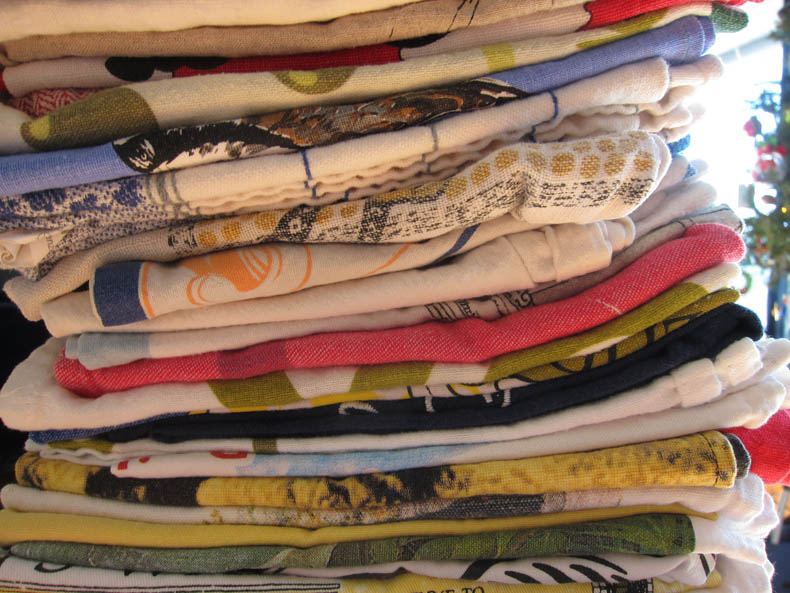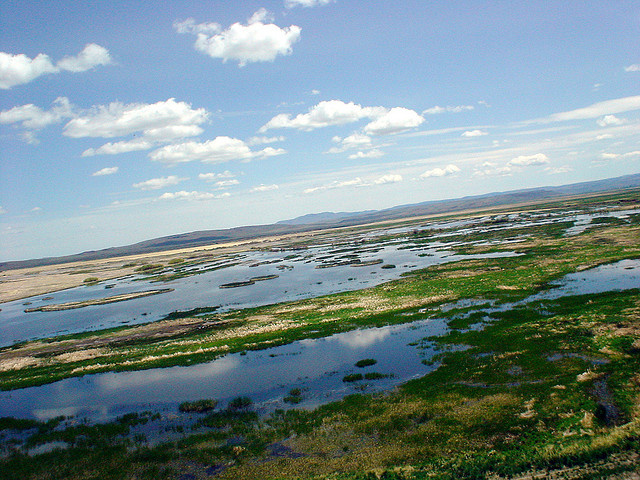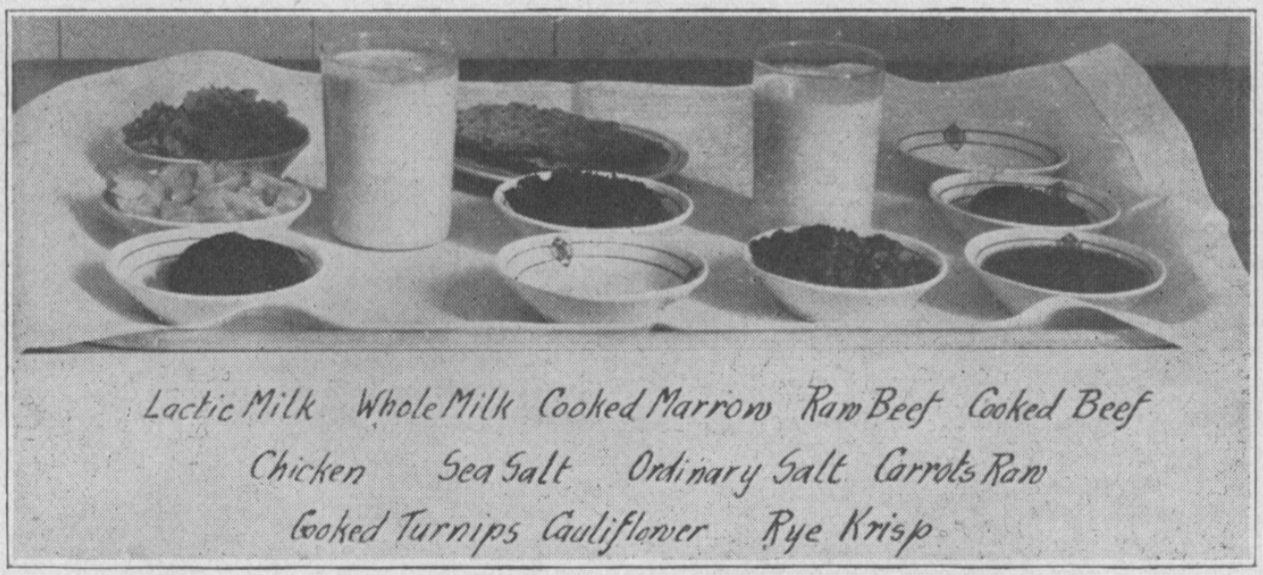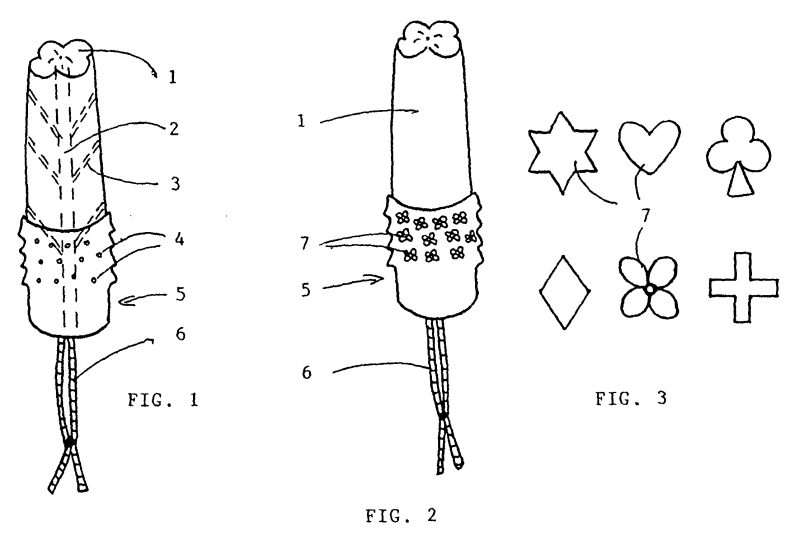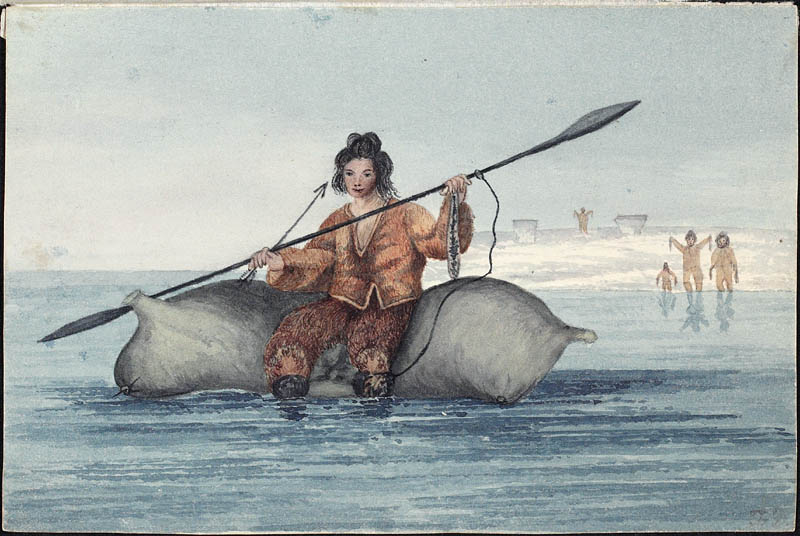 Like every foreign journalist living in Mexico, I’ve been watching the Sean-Penn-interviews-notorious-drug-lord with a mix of humor and mild disgust. It’s like some kind of adolescent game of Mad Libs. El Chapo meets Sean Penn in the mountains to talk about farts and penises.
Like every foreign journalist living in Mexico, I’ve been watching the Sean-Penn-interviews-notorious-drug-lord with a mix of humor and mild disgust. It’s like some kind of adolescent game of Mad Libs. El Chapo meets Sean Penn in the mountains to talk about farts and penises.
I tried to read the article but could only force myself through about half of the horrible, self-indulgent writing. I’m a science writer – unlike my war correspondent colleagues, I don’t have to read every narco story that comes out. And so I forgot about it.
But when he appeared on 60 Minutes the other day and hinted that the real reason journalists reacted so negatively to his “article” was that they were jealous, I finally snapped. The American journalists who work in Mexico covering the drug war are some of the most dedicated, thoughtful and selfless writers I have ever met. Their passion and courage is surpassed only by their Mexican counterparts who also cover the drug war.
Mr. Penn lives under the delusion that the reason so many actual journalists hated his Rolling Stone screed was we are somehow jealous of the scoop he landed. And I’m sure in his head that makes sense. So let me just clear that up right now before it goes any further.
I am a journalist working in Mexico and I can guarantee you I’m not jealous that I didn’t get to interview Mexico’s most notorious criminal while hiding out in the mountains of Sinaloa. I wouldn’t want that interview. Put another way, there’s no way in hell, heaven, purgatory or anything in between that I would take that interview, even if it was offered.
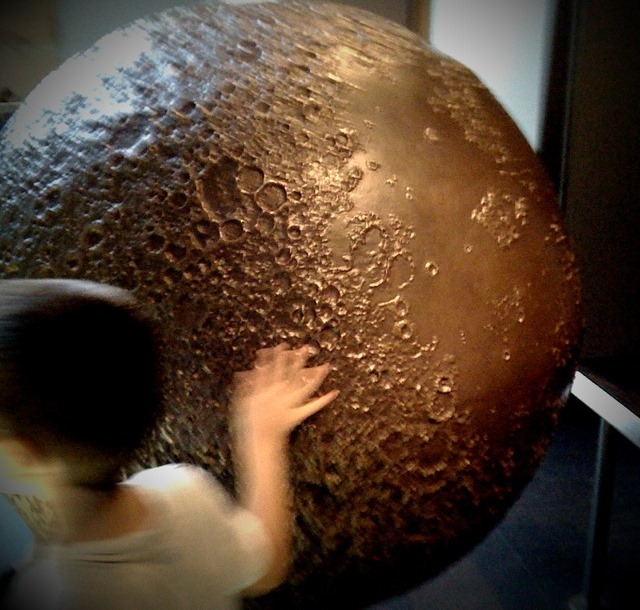
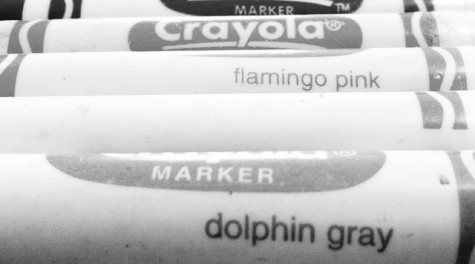 At the end of the year, the New York Times Book Review featured the Year in Poetry, covering 2015 collections by poets here and abroad, and other poetry features, including well-known people who talked about their favorite poems. The section’s Letters department always brings a range of opinions; the comments on the poetry issue followed in this vein. Some people were thrilled, others less so. But one interesting letter took issue with the cover itself, which spelled out The Year in Poetry in a series of colored dots.
At the end of the year, the New York Times Book Review featured the Year in Poetry, covering 2015 collections by poets here and abroad, and other poetry features, including well-known people who talked about their favorite poems. The section’s Letters department always brings a range of opinions; the comments on the poetry issue followed in this vein. Some people were thrilled, others less so. But one interesting letter took issue with the cover itself, which spelled out The Year in Poetry in a series of colored dots.